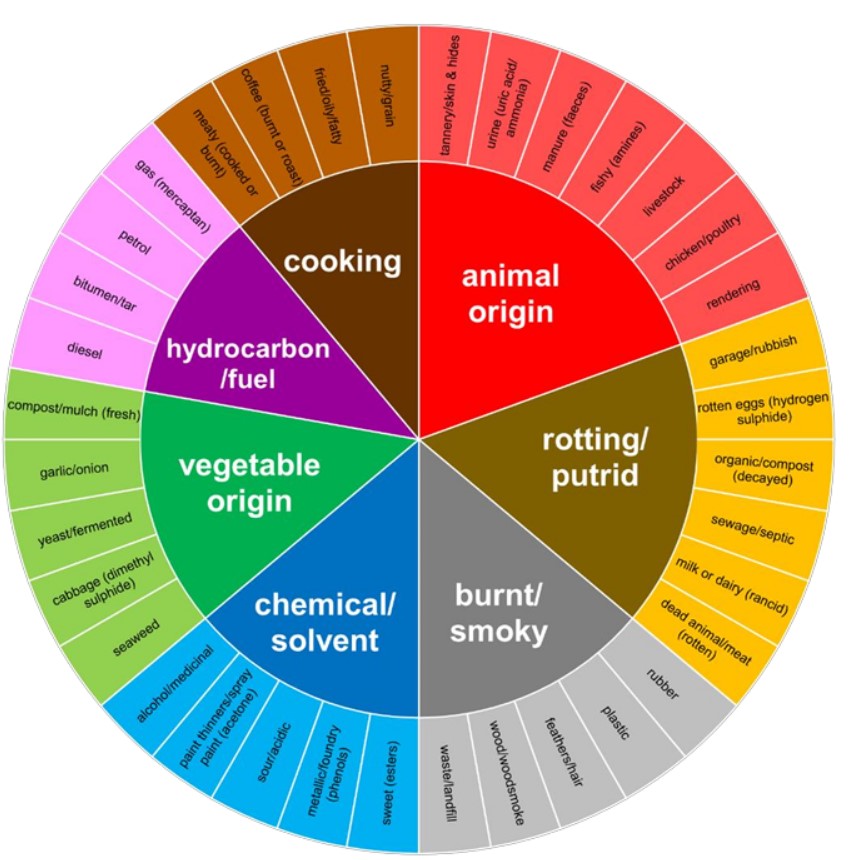Managing and maximising our region's wastewater
Delivering you top-quality drinking water is just one part of what we do. We also treat 14,000 megalitres of wastewater each year across our region - that's on average about 38.4 million litres per day.
You’ve probably never thought about it, but beneath your feet is a vast network of underground pipes and pumps that transport household and industrial wastewater to our 26 treatment facilities.
Managing and treating this wastewater ensures a safe, clean and healthy environment for our communities. It also allows us to turn waste into a valuable resource. After going through a rigorous treatment process, treated wastewater can be used to irrigate farms and recreation facilities. Bio-solids from the treatment process become fertiliser. And biogas collected from our treatment lagoons is converted into renewable energy and fed back into the grid for local businesses to use.
Odour from our treatment sites
Monitoring and managing odour is a routine part of our operations, and our sites must meet strict odour management requirements set and enforced by the EPA. Through our ongoing odour reduction program we invest in infrastructure improvements to minimise the impact of odour on our communities. We also have buffer zones around our treatment sites to reduce the chance of odour reaching our neighbours.
Sometimes, however, odour can increase because of breakdowns, planned maintenance or improvement works. Certain environmental conditions can also lead to increased odour from our Wastewater Management Facilities - for example when hot, still days are followed by strong winds. Odour from our treatment lagoons can ‘sit’ in the still weather. Then when a wind change comes along it can blow the smell away from our site, beyond our buffer zones, and into surrounding locations.
Odour from our wastewater network
Transporting sewage through our network of pipes and pumps can sometimes, by its very nature, be odorous. And while we proactively monitor and manage odour to reduce the impact, from time to time you may notice a smell coming from our wastewater infrastructure like pump stations and manholes. This can be more noticeable after a climate event such as a flood, or if there’s a blockage in the system.
Reporting odour from our sites
Like any good neighbour, we want you to let us know if we smell bad! So if you notice odour coming from a Goulburn Valley Water location or asset please call us immediately on 1800 454 500 (24/7) so we can respond in a timely manner. Phoning us is the best way to report odour.
Helpful hints when reporting odour:
- Check if the smell is only on your property or coming from your drains. You can try pouring a small bucket of water with disinfectant to replenish water sitting in seals and traps, which helps with odour
- Let us know as soon as possible when you notice an odour from our sites so we can respond as quickly as possible
- Provide as much information about the smell, source and strength and time of day
- What it smells like - the odour wheel below can help you describe the smell

The EPA's odour list or wheel below, can also help you identify an odour. In general, wastewater odour will have a rotting/putrid smell due to hydrogen sulphide and other compounds.